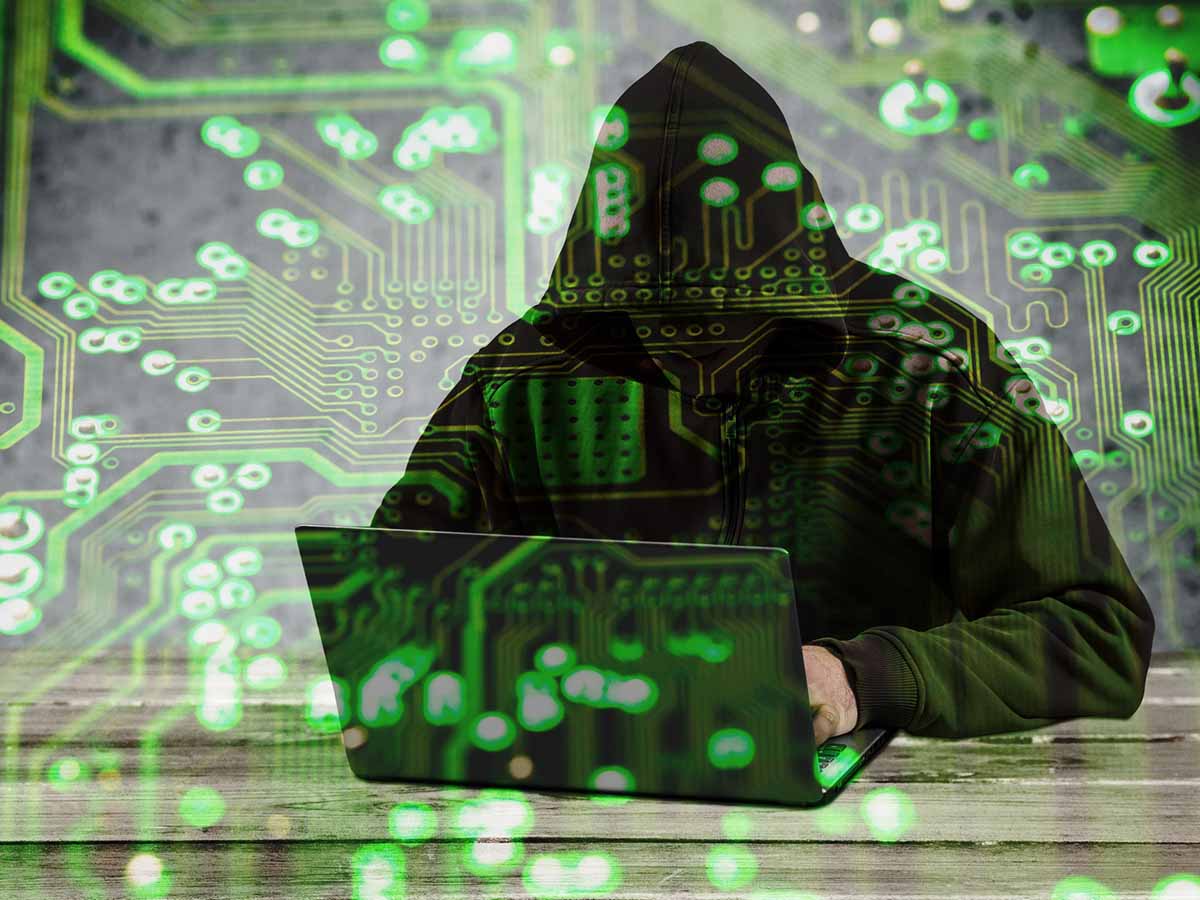Encrypting is the process where data or information is converted into a code that hides the real meaning. It’s essentially used to prevent unauthorized access to this data or information. Using encryption is one way to keep your information safe and secure.
Encrypt Examples
1. Sending Emails
One common use of encryption is in the process of sending emails. Every day, we send and receive multiple emails, some of which may contain sensitive information. To ensure this information doesn’t fall into the wrong hands, encryption is employed. When you send an encrypted email, the content inside is translated into a complex code.
Stay One Step Ahead of Cyber Threats
This encrypted, unreadable content can then only be accessed and read by the recipient who has the appropriate decryption key. Even if someone were to intercept the email enroute, they wouldn’t be able to comprehend the message because all they’d see is a jumble of coded data. Therefore, email encryption is vital in protecting your private communication from unauthorized access.
2. Online Shopping
Online shopping has become increasingly popular in recent years, making it an essential example of encryption. When you place an order online, you input your personal information, including your credit card details, into the platform’s system. To ensure the safety of these details, online shopping sites use encryption.
When you see ‘HTTPS’ instead of ‘HTTP’ in the website’s URL, this means that the site is using encryption. Simply put, it’s altering your valuable information into a coded form. It guarantees that only the intended recipient (in this case, the shopping site) can decrypt this data and access your actual details. With encryption, even if a malicious party is able to intercept this information, they won’t be able to understand or misuse your data because all they will see is undecipherable code.
3. Wi-Fi Networks
Wi-Fi networks are another key area where encryption is frequently used. When setting up your home or office Wi-Fi, you generally create a password. This password isn’t just for restricting who can connect to your network, it also plays a part in encrypting the information exchanged over the network.
This encryption process transforms the data being sent over the network into a code. This ensures any personal or sensitive information you transmit over your Wi-Fi network is secure. If someone were to gain unauthorized access to your network, they wouldn’t be able to understand the encrypted data without the correct decryption key. This demonstrates how encryption on Wi-Fi networks helps protect your privacy and security.
Conclusion
At its core, encryption is a technique used to safeguard and protect data, turning it into a secure code that can’t be easily interpreted by unauthorized entities. By facilitating secure emails, safe online shopping, and protected Wi-Fi networks, it plays a fundamental role in maintaining personal and digital security in a world where data breaches and cyber threats are prevalent.
Key Takeaways
- Encryption is the process of converting data or information into a coded form to prevent unauthorized access.
- Applications of encryption can be seen in areas like sending emails, online shopping, and creating Wi-Fi networks. They are typically aimed at ensuring secure transmission of information and providing privacy and security.
- Encryption is vital in a digital era where cyber threats and data breaches are common. It offers an additional layer of protection and ensures the safety of our personal and sensitive information.
Related Questions
1. Why is encryption necessary?
Encryption is necessary as it helps in protecting valuable data from being accessed or used by unauthorized entities. It offers a level of security and privacy while transmitting and storing sensitive information.
2. Is encryption only used online?
No, encryption is also used in offline scenarios. For instances, ATM pin numbers, mobile phone screen lock codes, and credit card chips all use forms of encryption for security.
3. What are the types of encryption?
There are two main types of encryption: symmetric encryption which uses the same key for encryption and decryption, and asymmetric encryption which uses a public key for encryption and a private key for decryption.
4. Is encrypted data completely safe?
While encryption substantially improves data security, no security measure is completely foolproof. However, encrypted data is significantly harder for cybercriminals to access and interpret, making it an essential measure for data protection.
5. Can I encrypt my own data?
Yes, there are plenty of tools and software available that allow you to encrypt your own data. Many operating systems also offer built-in features for data encryption.
"Amateurs hack systems, professionals hack people."
-- Bruce Schneier, a renown computer security professional






